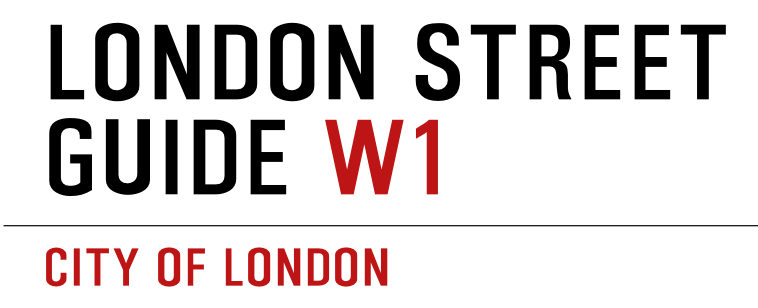Place Name
Lancaster, the historic county town of Lancashire, was originally a Roman fort, developing as a strategic settlement near the River Lune. By the 11th century, Lancaster Castle was built by the Normans and later expanded, serving as both a fortress and a notorious prison. Lancaster is linked to the Wars of the Roses, as it gave its name to the House of Lancaster, a player in the conflicts for the English throne. The town prospered in the 18thCentury through the slave trade, textiles, and shipbuilding industries. The British monarch retains the title of the Duke of Lancaster. The name of the city comes from Middle English Lancaster, Loncastre, the name of the Roman fort on the River Lune. The river’s name is certainly ancient it may be that the name is Brittonic in genesis and derived from *lǭn meaning full, abundant, or that out comes from the . Old Irish word slán, or Welsh word llawn meaning healthy, pure. Alternatively it may represent Old English Ēa Lōn, ēa meaning river. Added to that is the Old English word ceaster meaning town, which itself comes from the Latin castra (camp). As for this street name, at the start of the 20thCentury this area still formed part of Newbarns Farm although it was later used as a golf course. It remained that way until shortly after the Second World War when demand for housing from the newly demobbed men and their families far outstripped supply. At first accommodation consisted of dozens of pre-fabricated Arcon bungalows hastily erected around Pollards Hill but from the 1950s a more permanent solution was sought. Merton Council’s archive explains: “In the 1950s the Council built six-storey maisonette blocks, starting with Westmorland Square and finishing the final block in Bovington Square in 1956. By the standards of the day, the much needed housing was built in record time and Mitcham Council could boast a house-building programme which exceeded that of any other Surrey Council.” But even this wasn’t enough to meet future demand. Following the post-war population boom much more housing was needed by the mid-1960s and so the Pollards Hill Housing Estate was laid out and built between 1968 and 1971. It was a high density scheme that included various areas of green space in the form of private gardens, partly enclosed squares, and a public park, Donnelly Green, named after Mitcham’s Head of Parks. Taking its cue from those original post-war buildings, the streets were named after counties and county towns in England and Wales.
![]()
